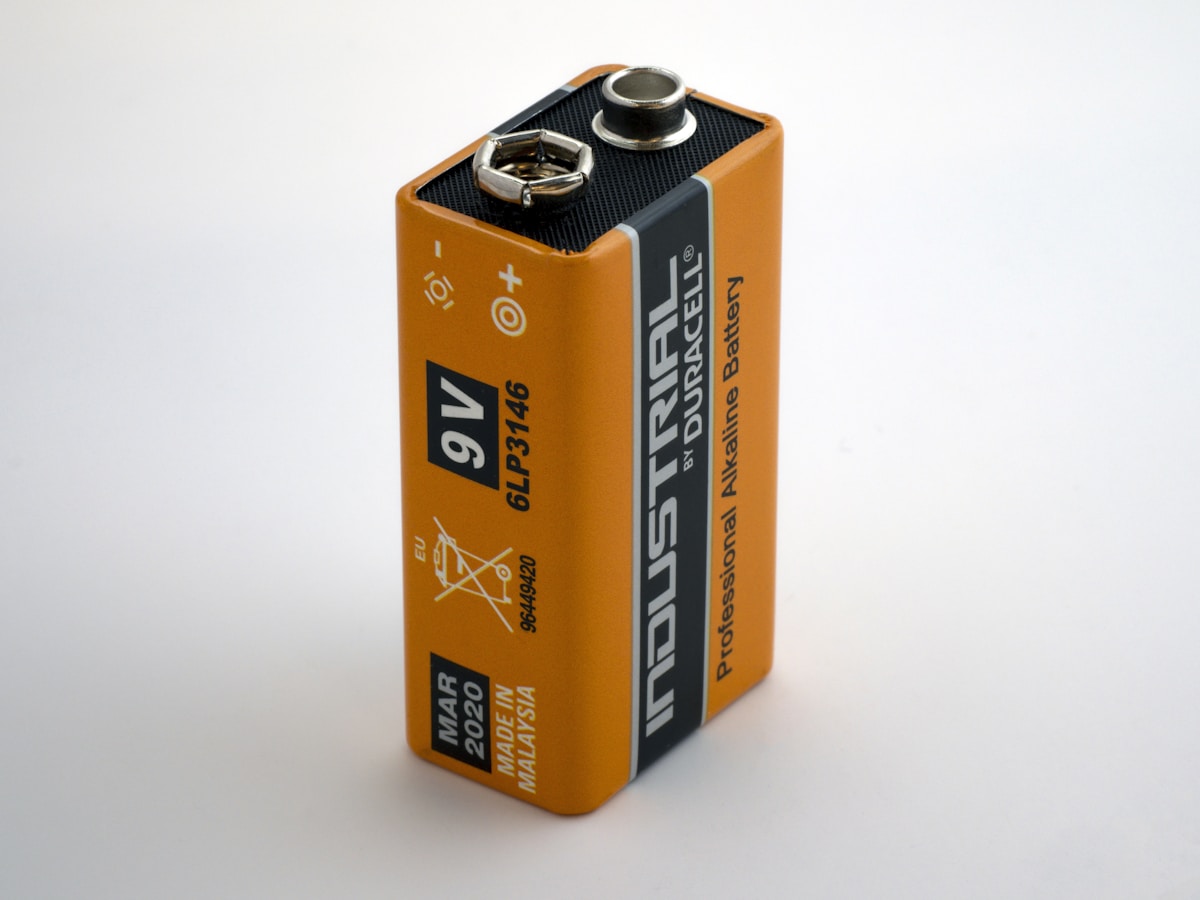Back to Industry News
Cleantech
Sodium-Ion Battery System Integrated into U.S. Electrical Grid
Summary generated with AI, editor-reviewed
Heartspace News Desk

Photo by Brett Jordan on Unsplash
Key takeaways
- Peak Energy launched the world's largest sodium-ion battery system in the U
- , marking a key step for grid-scale energy storage
- The deployment on August 15, 2025, represents the first large-scale integration of this technology into the national electrical grid
Peak Energy launched the world's largest sodium-ion battery system in the U.S., marking a key step for grid-scale energy storage. The deployment on August 15, 2025, represents the first large-scale integration of this technology into the national electrical grid. The system uses NFPP (sodium-phosphate-pyrophosphate) chemistry and a passive cooling design, aimed to ensure stable operations in diverse climates.
Sodium-ion batteries offer safety advantages by reducing fire risks and using readily available sodium, which minimizes reliance on materials such as lithium and cobalt. According to Peak Energy, operational savings could reach $1 million per gigawatt-hour annually. Total expenses are potentially 20% lower than those associated with lithium iron phosphate (LFP) batteries.
Projections indicate a 33% lower degradation rate over a 20-year lifespan. This reduction in degradation lowers component replacements and reduces waste. As renewable energy adoption grows, sodium-ion batteries present a cost-effective energy storage solution. Their ability to function efficiently under varying climate conditions supports storing energy generated by solar and wind power. If performance targets are achieved, sodium-ion batteries could become a crucial component in global energy infrastructure.
Related Topics
Sodium-ion batteryEnergy storageElectrical gridRenewable energyPeak EnergyNFPP chemistry
Want coverage like this for your company?
Local & industry wins build trusted proof, SEO/geo signals and prime national editors.
Check fit (2 min)